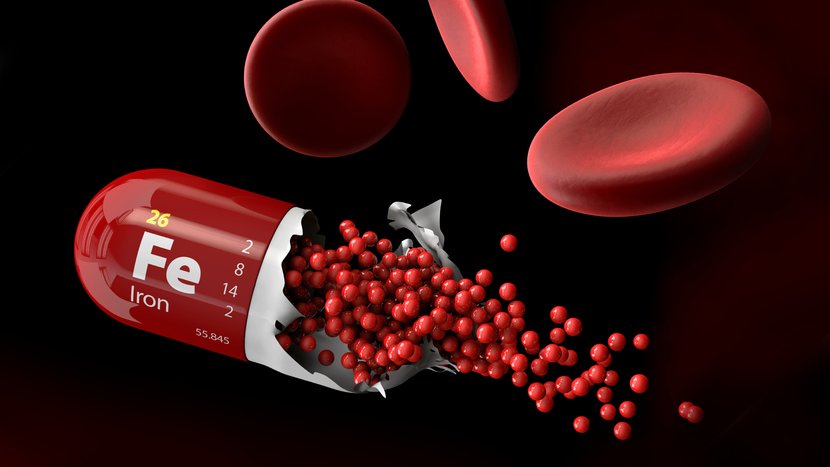
Understanding Disorders of Iron Metabolism: Aceruloplasminemia and Hemochromatosis
BioCertica Content TeamIron, a vital nutrient, plays an essential role in various metabolic processes in the human body. However, too much or too little of this element can have adverse effects. Two such disorders of iron metabolism are Aceruloplasminemia and Hemochromatosis.
Aceruloplasminemia is a rare, genetically inherited disorder characterized by iron accumulation in the body's organs, mainly the brain, liver, and pancreas. This condition results from a mutation in the CP gene, which is responsible for producing the protein ceruloplasmin that helps regulate iron levels in the body. Symptoms of Aceruloplasminemia include diabetes, retinal degeneration, and neurological issues such as movement disorders.
Hemochromatosis, another iron metabolism disorder, is more common. It leads to excessive iron absorption from the diet, with the excess iron stored in organs like the liver, heart, and pancreas. Symptoms often don't appear until mid-life and can include fatigue, joint pain, skin darkening, and organ damage. If left untreated, it may lead to conditions like liver cirrhosis, heart problems, or diabetes.
Aceruloplasminemia is currently managed through therapies that help remove excess iron from the body, such as iron chelation therapy and fresh-frozen plasma infusion. Diet adjustments, including a low-iron diet, may also be suggested.
For Hemochromatosis, treatment typically involves regular phlebotomy, or blood removal, to decrease iron levels. This procedure is simple and effective, and improves symptoms and life expectancy. Dietary changes are also recommended, including avoiding iron supplements and iron-rich foods, and limiting alcohol intake to prevent liver damage.
Both Aceruloplasminemia and Hemochromatosis are inherited conditions and current prevention measures are limited. However, genetic counseling can provide valuable insight to individuals with a family history of these disorders.
Understanding and managing disorders of iron metabolism can be challenging. However, with an accurate diagnosis, appropriate treatment, and a well-informed approach to lifestyle, individuals with these conditions can lead fulfilling lives.
References:
- Miyajima, H. (2003). Aceruloplasminemia. Neuropathology, 23(4), 345-350.
- Hellman, N. E., & Gitlin, J. D. (2002). Ceruloplasmin metabolism and function. Annual review of nutrition, 22, 439-458.
- Kono, S. (2013). Aceruloplasminemia: an update. International review of neurobiology, 110, 125-151.
- Pietrangelo, A. (2010). Hereditary hemochromatosis: pathogenesis, diagnosis, and treatment. Gastroenterology, 139(2), 393-408.
- Adams, P. C., Barton, J. C. (2011). How I treat hemochromatosis. Blood, 116(3), 317-325.
- Kono, S. (2012). Aceruloplasminemia: molecular pathogenesis, clinical spectrum, and therapeutic strategies. Free radical biology & medicine, 52(12), 2626-2635.
- Salgia, R. J., & Brown, K. (2015). Diagnosis and management of hereditary hemochromatosis. Clinics in liver disease, 19(1), 187-198.
- Bacon, B. R., Adams, P. C., Kowdley, K. V., Powell, L. W., & Tavill, A. S. (2011). Diagnosis and management of hemochromatosis: 2011 practice guideline by the American Association for the Study of Liver Diseases. Hepatology, 54(1), 328-343.



